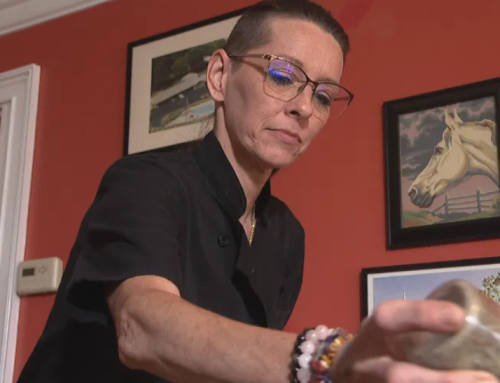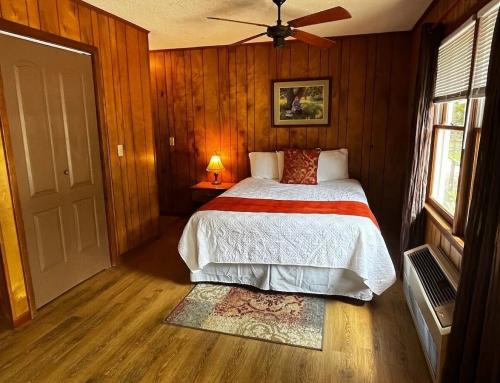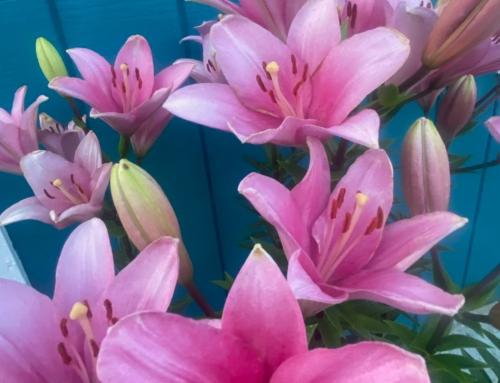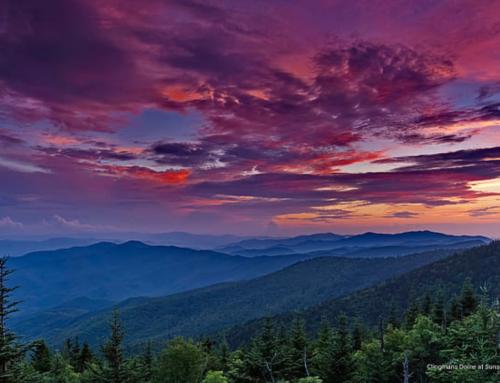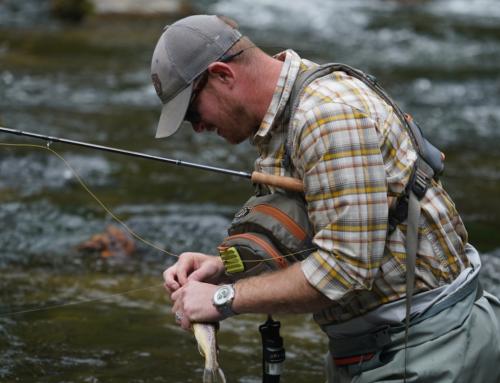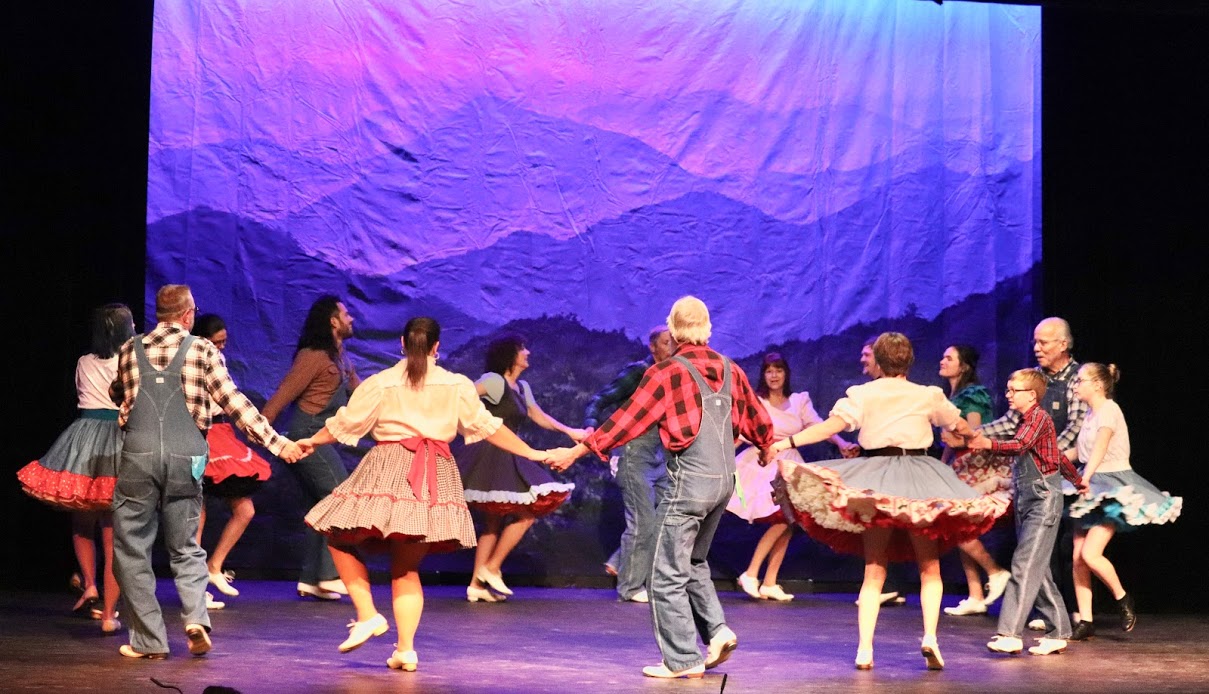
The Cherokee Dance Traditions
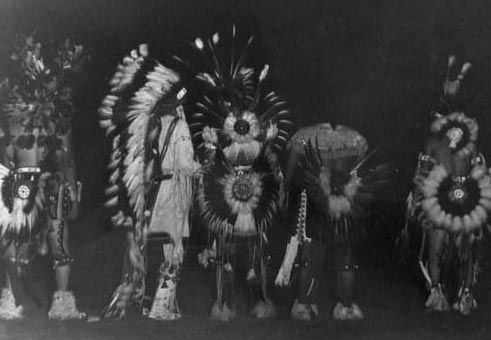
Dancing was, and still is sacred to the tribe, and has both significant religious and social connotations to the Cherokee. Dance was such an integral part of tribal life that Cherokee lore maintains the world would literally come to end if the tribe ever stopped dancing. And thankfully, they never have.
A variety of traditional dance steps including among others, the Eagle Tail Dance, the War Dance, the Bear Dance, the Stomp Dance, the Beaver Hunting Dance and the Friendship Dance, all illustrated important milestones of the tribe such as preparing for war or making peace, celebrating a bountiful harvest or successful hunt, and a host of other activities integral to tribal life.
European Clogging
European traders or settlers living with or near the Cherokee, later incorporated some of these dance steps like the Stomp Dance into their own dancing traditions. They also introduced new steps –like clogging – and musical instrumentation like the fiddle –from the Scottish Highlands and British Isles, as well as Germany and Ireland. Soon jaunty Irish reels and ballads rang across the hills as these new immigrants meshed tunes and dances from their ancestral homelands with steps learned from their Cherokee neighbors –while also creating new dances uniquely their own.
African Buck Dancing
Eventually African slaves and freed black immigrants added their own steps and routines—like buck dancing — to this multi-cultural stew. They also introduced a west African stringed instrument, today known as the banjo, to further enhance the sound of the traditional old-time dance band. In the hands of a master picker, the large head and 5 strings of this percussive rhythmic instrument could be heard clearly in the most raucous gathering as buck dancers strutted and stomped to their heart’s delight. The banjo and buck dancing were both important early elements of black American culture and have been documented as early as the 17th century.
American Melting Pot of Dance
By the 18th and 19th centuries this Appalachian cultural melting pot of string music, dance and song had evolved into an exciting blend of music and dancing like no other. New dances were created that included elements of all these cultures, Stomp, Clogging, Buck and Square dancing, while incorporating their own unique twist and personality indicative of their respective communities.
Mountain folks took great pride in these steps they created, dances that linked them to their community, forging a real sense of place, of home, among their ranks. These dancers and musicians were the highlight of every social gathering in the southern Appalachians and were later instrumental in the origination of an entirely new genre of American music –Bluegrass.
Great Smoky Mountain Dance Traditions
Although the music and dancing were the rage at communal shin-digs throughout the Appalachian Mountains, there was no where it was more popular or distinctive than the Great Smoky Mountain region where colorful characters and folklorists like Bascom Lamar Lunsford and Sam Queen banded together to promote their art in festivals and local gatherings across the land of blue smoke.
Buncombe and Haywood Counties, particularly Haywood County and Maggie Valley, North Carolina, the home of the elite Soco Gap Dance Team, were the communal hubs for this growing dance movement –led by Queen, who was often referred to as the “dancingest man in the land.”
The King and Queen
In 1939, in an effort to entertain the King and Queen of England and introduce them to true American culture, President Franklin D. Roosevelt invited the iconic Soco Gap Dance Team – led by Lunsford and Queen – to the White House, for an historic performance that remains legendary in the Great Smokies still today.
It proved to be a performance that was not only a huge diplomatic success, but also launched clogging, buck dancing, flat footing and traditional string music to astronomical new levels of popularity. It’s interesting to note that this was when the name of clogging was first coined by the Queen of England. She noticed that this American style of dance reminded her of the “clog dancing” she was familiar with in the British Isles.
From that point thereafter, most of these mountain dances were commonly categorized together as simply clogging. Although it is important to note that they are actually much more than that, as they all retain their respective distinctive elements, as well as traits unique to their own mountain communities, thus further enhancing this iconic slice of Americana music, dance and culture.
Maggie Valley Venues – World Capital of Clogging
In coming years venues like the Stomping Grounds in Maggie Valley, N.C. would hold weekly dances and even hosted clogging world championship events. The Meadowlark Motel and Mountain Heritage Center –a Maggie Valley landmark for over half a century – and still proudly owned by the McElroy clan, a prominent Haywood County family for over 200 years, continues to promote memorable tourism and cultural experiences to their guests today as they host a variety of mountain cultural events monthly.
Meanwhile, festivals like Shindig on the Green and the Bascom Lamar Lunsford Folk festival in Asheville continue to introduce hundreds of thousands of new fans to traditional mountain dancing as they have done for decades. Those great festivals remain wildly popular today. Sam Queen continued to call and lead dances until his untimely death, but his son, Joe Sam Queen, continues his family tradition across the region today and hosts an annual Smoky Mountain Dance Festival at Lake Junaluska.
International Folk Dancing at Folkmoot
In 1973 Folkmoot USA added an international theme to the festival mix as they began hosting an annual two-week dance festival celebrating folk dancing from around the globe. Folkmoot celebrates their 49th anniversary in Waynesville this year and has become one of the most popular dance festivals in the United States.
Festival guests and participants can witness a kaleidoscope of brilliantly colored costumes, elaborately choreographed, athletic dance steps, accompanied by the rollicking music of the dancer’s native homelands. And these foreign guests are also introduced to Smoky Mountain dance routines as well, as the festival always includes local Cherokee dancers and cloggers to their multi-cultural line-up.
In many ways this was truly an example of traditional mountain dancing coming full circle—pardon the pun – as dance teams from many of the same countries credited with helping originate Smoky Mountain dance, such as Africa, England, France, Ireland, Scotland and Germany and the Cherokee Nation –among others –all perform together in the Land of Blue Smoke, while joining local dance teams like the J Creek Cloggers in spreading the Gospel of traditional Smoky Mountain dancing.
Going Viral with J Creek Cloggers
And no one epitomizes the popularity of traditional Smoky Mountain Dancing better than the J Creek Cloggers who are proudly carrying the ancestral torch of Smoky Mountain dance deep into the 21st century, while also adding their own fresh ideas to the mix; and in doing so making the art even more uniquely their own.
Formed more than a decade ago by Kim Ross, the Waynesville, N.C. based dance team have become legendary across the Smokies and around the nation. The team started from humble origins with just a small group of about 12 people, all fiercely dedicated the perpetuation and advocation of Smoky Mountain dancing.
Led by the vibrant, talented and endlessly energetic Ross, the multi-generational group began to play venues and festivals all over the southeast as their roster eventually increased to almost 40 members, ranging in age from 6 to almost 80. The J Creek Cloggers truly exemplify the importance of mountain heritage and family, as many members of the group are directly related, most notably, Kim’s son, Zeb,”The Legend” Ross.
Zeb,”The Legend” Ross.
Zeb earned “the Legend” moniker after becoming a recent internet sensation when one of his dance videos went viral. The video resulted in millions of new followers from around the globe and hundreds of offers to perform across the nation as well as country music videos.
It’s easy to understand why as Zeb’s infectious 100-watt smile, boundless energy, distinctive moves, and flowing, ebony, mullet haircut, combined with his ability to incorporate traditional dance steps with modern day hip hop moves, has resulted in a style like no other. A style uniquely his own and yet another new element to the art of Smoky Mountain dance.
Yet it is perfectly in keeping with how Smoky Mountain dance has evolved over the centuries with new and exciting cultural elements constantly being added—but yet always managing to stay true to their original cultural roots. And the J Creek Cloggers wouldn’t have it any other way.
Combining a passion for the past with innovative artistic creativity, along with a fierce dedication in spreading the Gospel of Smoky Mountain Dance to new fans, the J Creek Cloggers are indeed a group on a mission.
Their intense desire to properly preserve mountain culture while honing their skills and adding innovative new steps for over a decade has set the stage for the group to take their art to even higher levels in years to come. Like their mentors before them, Sam Queen, Bascom Lamar Lunsford, Joe Sam Queen –and others — the J Creek Cloggers are poised and ready to do exactly that.
Upcoming Clogging Shows
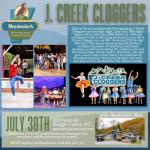
Music, fun, history, immersive learning and a delicious BBQ dinner –an unbeatable combination and a tradition as old as these storied peaks and valleys. Don’t miss this wonderful evening of dining and dance. Dial 828-926-1717 or visit our website, www.meadowlarkmotel.com for further details. Ya’ll come!



